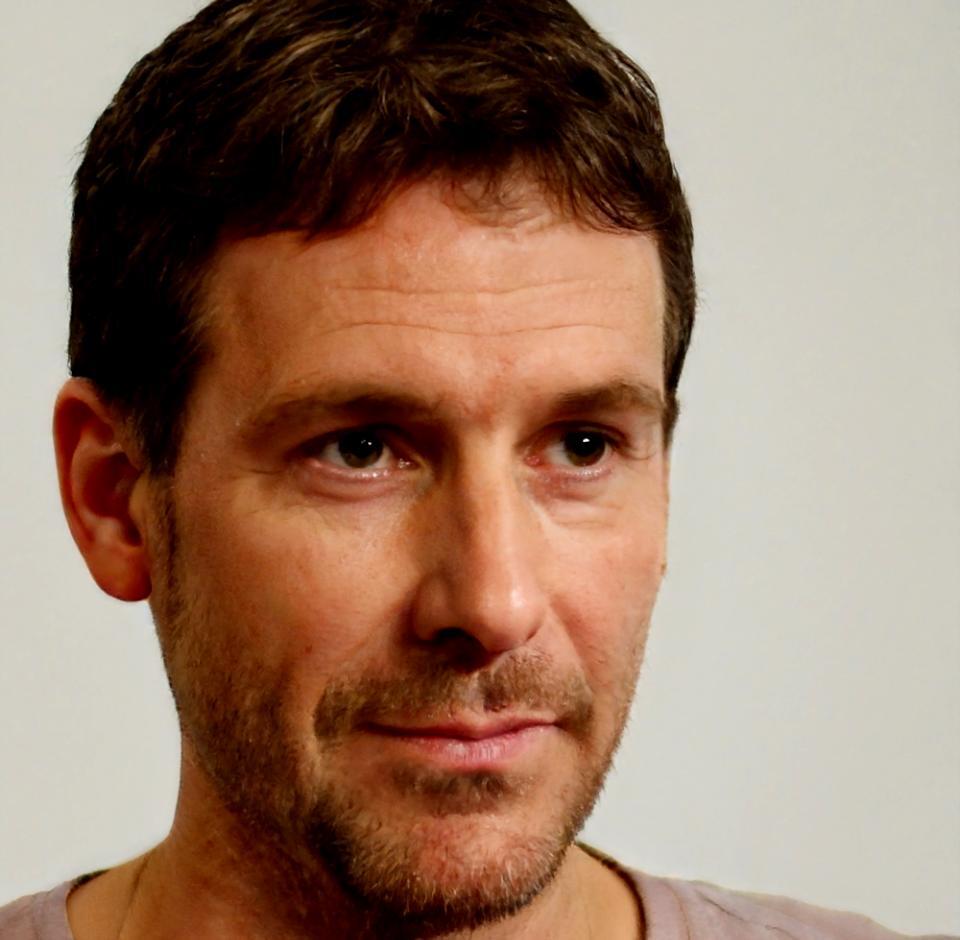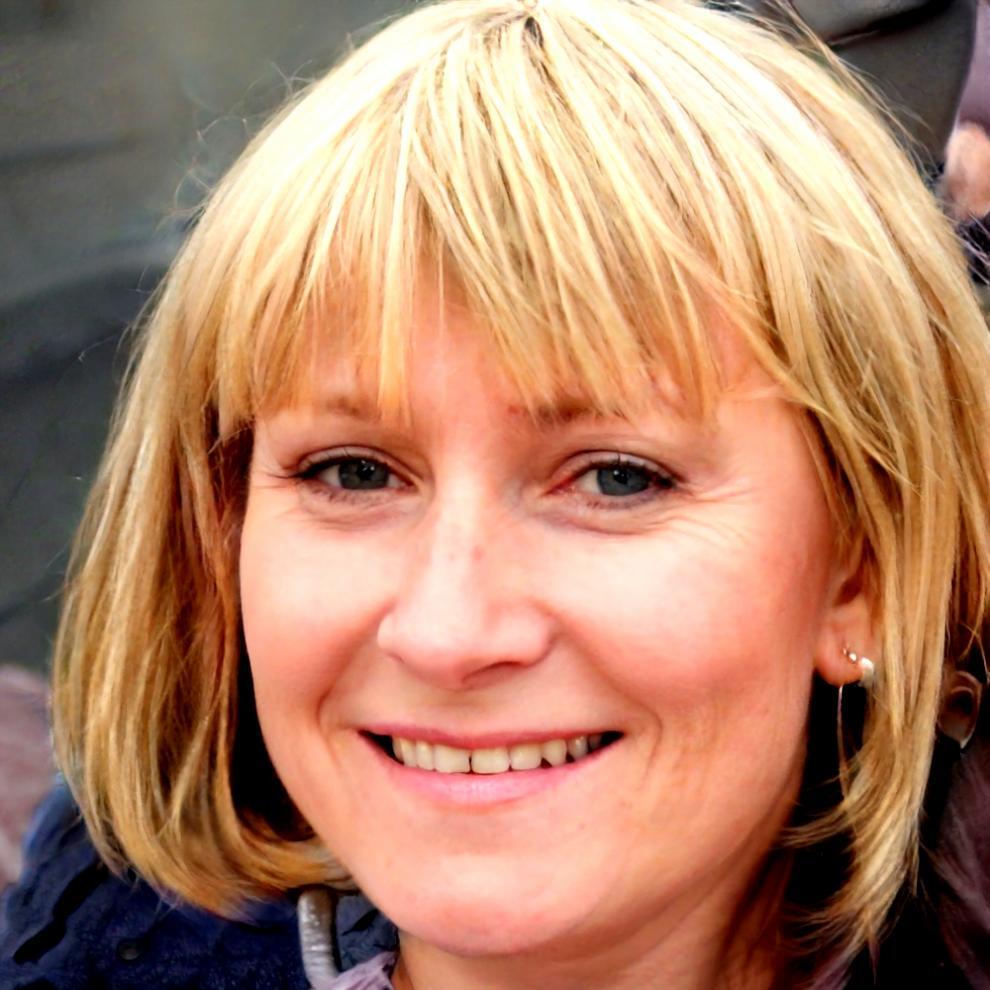Building Financial Literacy That Actually Sticks
Our program runs September through November 2025, helping Australians understand money in ways that make sense for real life. No jargon marathons or generic advice you've heard before.
Register Your InterestCommon Money Struggles We Actually Address
Most financial education feels disconnected from daily reality. Here's what people tell us goes wrong, and how we tackle it differently.
Setting Goals That Fade Away
"I write down goals in January, forget them by March."
We break the annual goal into monthly checkpoints with specific actions. You'll track progress using simple spreadsheets that show exactly where your money went versus where you planned. Real numbers, not aspirational ones.
Budget Confusion
"Every budgeting app feels like homework I don't want to do."
Start with three categories instead of twenty. Income, essentials, everything else. Once that's clear for two months, we add detail. Small steps prevent overwhelm and actually create habits that last past the first week.
Emergency Fund Paralysis
"How much should I save? Where do I even keep it?"
Calculate your actual monthly costs first. Then aim for three months as a starting point, not six or twelve. We compare high-interest savings accounts available in Australia right now and walk through opening one during the program.
Superannuation Mystery
"I have super somewhere but no idea if it's working for me."
Find your account details, check the fees, understand what you're invested in. Most people discover they're paying more in fees than necessary. We show you comparison tools and how to consolidate multiple accounts if needed.
Debt Priority Confusion
"Should I pay off credit cards or save? Both feel urgent."
Compare interest rates on debts versus savings returns. Usually, high-interest debt wins. We create a payment sequence based on your actual numbers, not theoretical advice that ignores your specific situation.
Investment Intimidation
"Everyone talks about investing but it sounds complicated and risky."
Start with understanding index funds and ETFs available on the ASX. We explain risk without the scare tactics, show how diversification actually works, and discuss realistic timeframes. No promises about returns, just clarity about options.
How the Program Runs
Twelve weeks starting September 2025. Two evening sessions per week via video call, plus practical tasks you complete between sessions. Expect to spend about five hours weekly including session time.
We cap groups at eighteen people because smaller numbers mean actual conversation rather than watching someone lecture. You'll work through your own financial situation, not hypothetical case studies.
- Weeks 1-3: Financial assessment and goal clarification using your real data
- Weeks 4-6: Budget creation and expense tracking with troubleshooting
- Weeks 7-9: Debt strategy and savings structure specific to your circumstances
- Weeks 10-12: Investment basics and long-term planning without hype
What Past Participants Actually Say
The budget template they provided wasn't fancy, but it was the first one I actually kept using after the program ended. I appreciated that they acknowledged when my spending was reasonable rather than pushing unnecessary cuts.
I came in thinking I needed to completely overhaul my finances. Turns out I was doing some things right already. They helped me fix the actual problems instead of creating anxiety about imaginary ones. That was refreshing.
The superannuation session saved me about twelve hundred dollars annually in unnecessary fees. I had three accounts from previous jobs that I'd completely forgotten about. Consolidating them took maybe forty minutes once I knew what to do.
Best part was the group troubleshooting sessions. Hearing how others dealt with similar challenges gave me ideas I wouldn't have thought of alone. The facilitators didn't pretend to have all the answers either, which made it feel more collaborative.
Our Teaching Approach
We've been running these programs since 2019 and learned what works through plenty of trial and adjustment. The current format emerged from participant feedback rather than educational theory.
Practical Over Theoretical
You'll use your actual bank statements, real expenses, and current debts during the program. Hypothetical examples might be easier to teach, but they don't create lasting change. Bring your financial reality, messy as it might be.
Between sessions, you complete specific tasks like calculating your true monthly costs or researching current savings account rates in Australia. The next session starts by discussing what you discovered and any obstacles you hit.
Flexible Scheduling
Sessions are recorded for participants who miss one due to work or life complications. We understand that showing up consistently for twelve weeks isn't always realistic, so the recordings stay accessible throughout the program.




